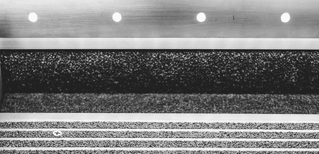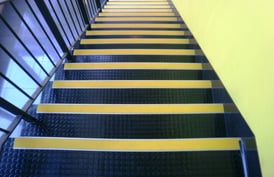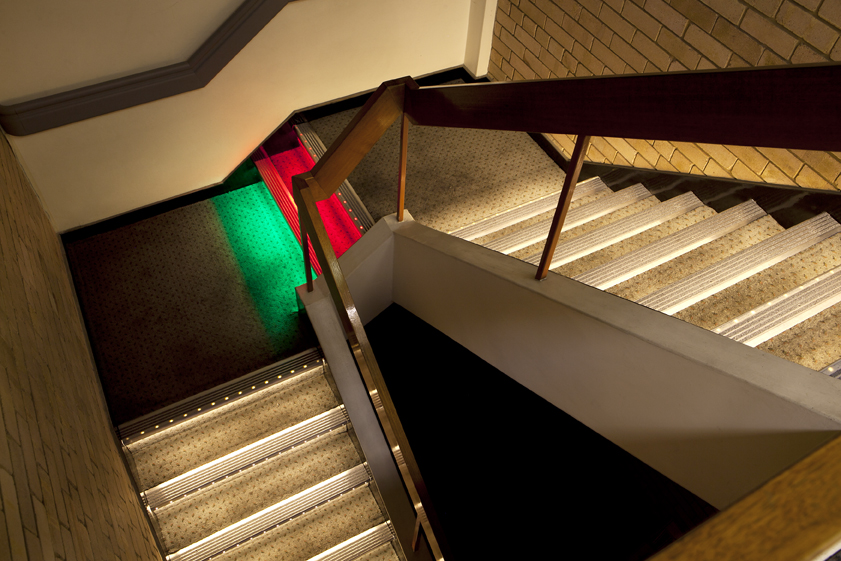Whenever you are in a public area, the chances are you will encounter Stair Tread Nosings. They are installed for safety against slipping, and for improved visibility to assist the vision-impaired, as well as to protect the stairs from damage. In order to ensure fitness for purpose, there are important standards that apply to which Stair Tread Nosings can be used and how they are assessed.
Stair Tread Nosings and other floor surface materials must comply with Australian Standard AS1428.1.2021. This is a broad-ranging standard that covers all aspects of Design for Access and Mobility. Compliance with the Standard is mandatory under the Building Code of Australia, so whatever is specified and installed has to meet those requirements. Steps and stairs are only part of the range of building elements that must comply with this standard, but they are a vital one for safety.

One key measurement that applies to Stair Tread Nosings is the degree of Luminance Contrast. This is a multi-part definition that is not commonly understood. So, what is Luminance Contrast?
Luminance
“Luminance” is the brightness of a surface, which can be measured using specialised laboratory grade equipment. “Contrast” is the difference in perceived brightness between one surface and the surfaces adjacent to it. Therefore, “Luminance Contrast” is a technical expression for measures of “Visibly Standing Out”. How much one surface stands out from its surroundings is the key to the standard. Under the standard, the Stair Tread luminance must have a specified difference against the step material luminance, not the other way around. This also gives consistent measures across the variety of possible installations.
The luminance of any piece of flooring material can be measured in either of two ways, both acceptable under the Standard, if done as prescribed. The contrast on the other hand, is only known when two adjacent material elements are compared. Therefore, it is not only important to know the luminance of a Stair Tread Nosing, but also the luminance of the surface on which it will be installed. Only then do you have the required information to determine whether the contrast between the two will be sufficient to comply with the standard. 
Another point in this standard specifies the exact position of the high-contrast part of a stair tread nosing relative to the front edge of the stair itself. The contrast strip cannot be set too far back from the edge, nor can it extend very far at all down the front of the stair, (the riser).
Latham Australia has been making compliant, high quality Stair Tread Nosings for almost 70 years, adapting and evolving the designs as the Standards have changed over that time. We understand the need to comply and we assess all of our designs regularly. We have a team of technical experts who are happy to discuss the needs of architects and designers, to ensure that compliant Stair Tread Nosings are specified.
This way, we ensure that whenever Stair Tread Nosings are to be included in any building that has to meet the standards, there is a selection of Latham products that will fit the bill. They will also be able to meet the design brief and the decorative criteria of the building, within those Standards.
To find out more about Latham products, please visit www.latham-australia.com. To talk to a Latham product expert, call 1300 LATHAM (528 426) or email sales@latham-australia.com.


-1.png)
